Introduction to LVT Flooring and Vinyl Flooring
When it comes to choosing the perfect flooring for your home or commercial space, it’s essential to consider all the available options. Two popular choices that often come up in flooring discussions are LVT (Luxury Vinyl Tile) flooring and vinyl flooring. While they may sound similar, there are distinct differences between the two. In this article, we will explore and compare LVT flooring and vinyl flooring in terms of composition, durability, installation methods, aesthetics, maintenance, and cost. By understanding the unique characteristics of each type, you will be better equipped to make an informed decision about which flooring option suits your needs and preferences. So, let’s dive in and explore the world of LVT flooring and vinyl flooring.
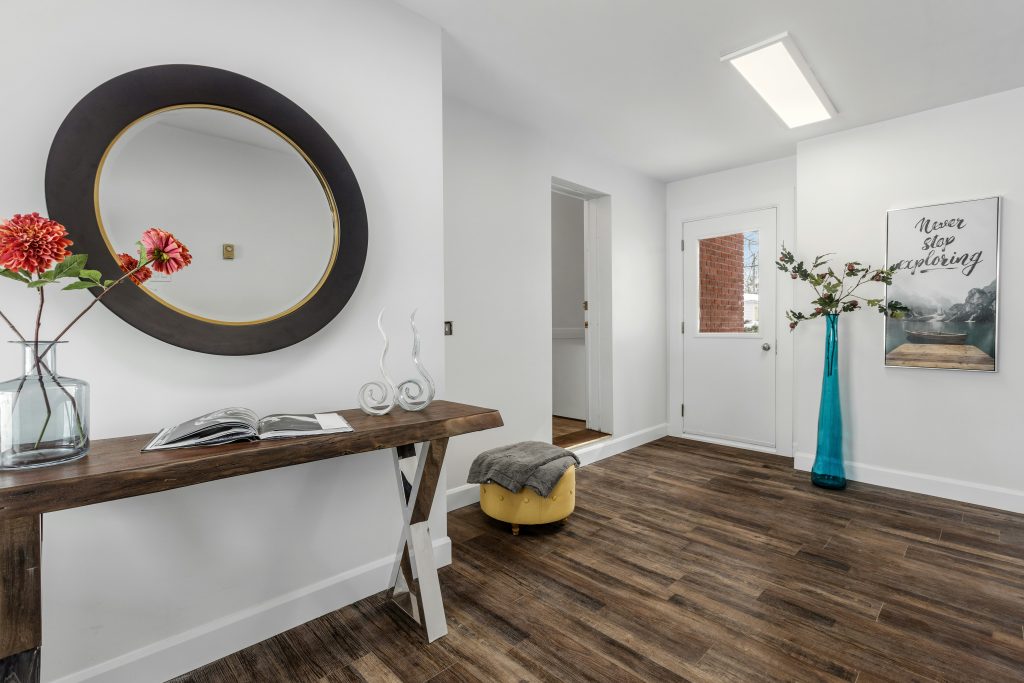
Photo by Point3D Commercial Imaging Ltd. on Unsplash
Composition and manufacturing process of LVT flooring and vinyl flooring:
LVT flooring is a type of vinyl flooring that mimics the look of natural materials like wood or stone. It’s made up of multiple layers, including a wear layer, design layer, and a backing layer.
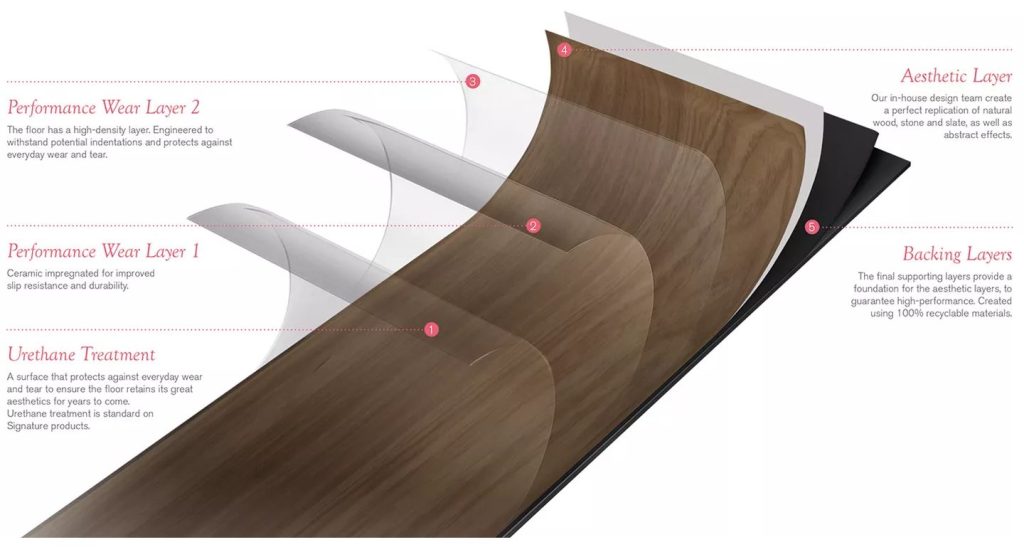
Photo by Amtico
The wear layer is a protective coating that resists scratches and stains, while the design layer is a high-resolution image that gives the flooring its realistic look. The core layer provides stability and is usually made of PVC material. Lastly, the backing layer adds stability and often features an adhesive for installation.
Vinyl flooring, on the other hand, is typically made of a single layer of PVC material. It comes in sheet form, which is rolled out and cut to fit the space. The manufacturing process involves heating and cooling the vinyl to create a flexible and durable material.
Durability and longevity comparison between LVT flooring and vinyl flooring:
When it comes to durability, both LVT flooring and vinyl flooring have their strengths. LVT flooring is known for its exceptional durability, thanks to its multi-layer construction. The wear layer protects the flooring from scratches, stains, and fading, making it suitable for high-traffic areas. Additionally, LVT flooring is often water-resistant or waterproof, making it ideal for areas prone to moisture.
Vinyl flooring, while also durable, may not withstand heavy wear and tear as well as LVT flooring. It is susceptible to scratches and indentations, especially in high-traffic areas. However, proper maintenance and care can help prolong the life of vinyl flooring.
Aesthetics:
When it comes to aesthetics, Luxury Vinyl Tile (LVT) flooring is a real showstopper. It mimics the appearance of natural materials like hardwood, stone, and ceramic, but without the hefty price tag. Whether you prefer the rustic charm of reclaimed wood or the sleek elegance of marble, LVT flooring offers a wide range of styles to suit any decor.
Vinyl flooring, on the other hand, may not have the same high-end look as LVT, but it still has plenty to offer. It comes in various patterns and colours, and some options even imitate the look of natural materials. While it may not be as realistic as LVT, vinyl flooring can still give your space a fresh and contemporary vibe.
Design options:
From varying woods to intricate mosaic patterns, LVT flooring provides an impressive array of design options. Whether you’re going for a trendy industrial loft or a cozy farmhouse feel, LVT flooring has got you covered. Plus, it often includes features like embossed textures for added realism.
While vinyl flooring may not offer the same variety as LVT, it still has plenty of design options. With wood plank and tile to choose from, you can find vinyl flooring in solid colours, artistic patterns, and even geometric designs. Whether you want to make a bold statement or keep things simple and understated, vinyl flooring has something for everyone.
Cleaning requirements:

Photo by Towfiqu barbhuiya on Unsplash
Cleaning LVT flooring is a breeze. A mild cleaner specifically designed for LVT or warm water with a gentle cleaning solution is all you need. Avoid using harsh chemicals or abrasive tools that could harm the surface. Just a quick wipe-down when needed will keep your LVT flooring looking pristine.
Cleaning vinyl flooring is also quite simple. A mixture of warm water and a mild detergent is typically sufficient. Avoid using abrasive cleaners or scrub brushes that could scratch the surface. A regular mopping routine will keep your vinyl flooring looking fresh and clean.
Cost and affordability comparison:
While LVT flooring offers the look and feel of high-end materials, it comes at a more affordable price point. It’s often more budget-friendly compared to options like hardwood or ceramic tile, making it an attractive choice for those looking to achieve a stylish look without breaking the bank. However, prices can vary depending on factors such as brand, quality, and installation requirements.
Vinyl flooring takes affordability to the next level. It’s one of the most budget-friendly flooring options available, making it ideal for those on a tight budget or looking for a quick and cost-effective update. While vinyl flooring may not have the same luxurious feel as LVT, it offers excellent value for money. It’s hard to beat its low cost per square metre.
While vinyl flooring takes the affordability crown, if you’re willing to spend a little more for a higher-end look and feel, LVT flooring provides a great balance between quality and price.
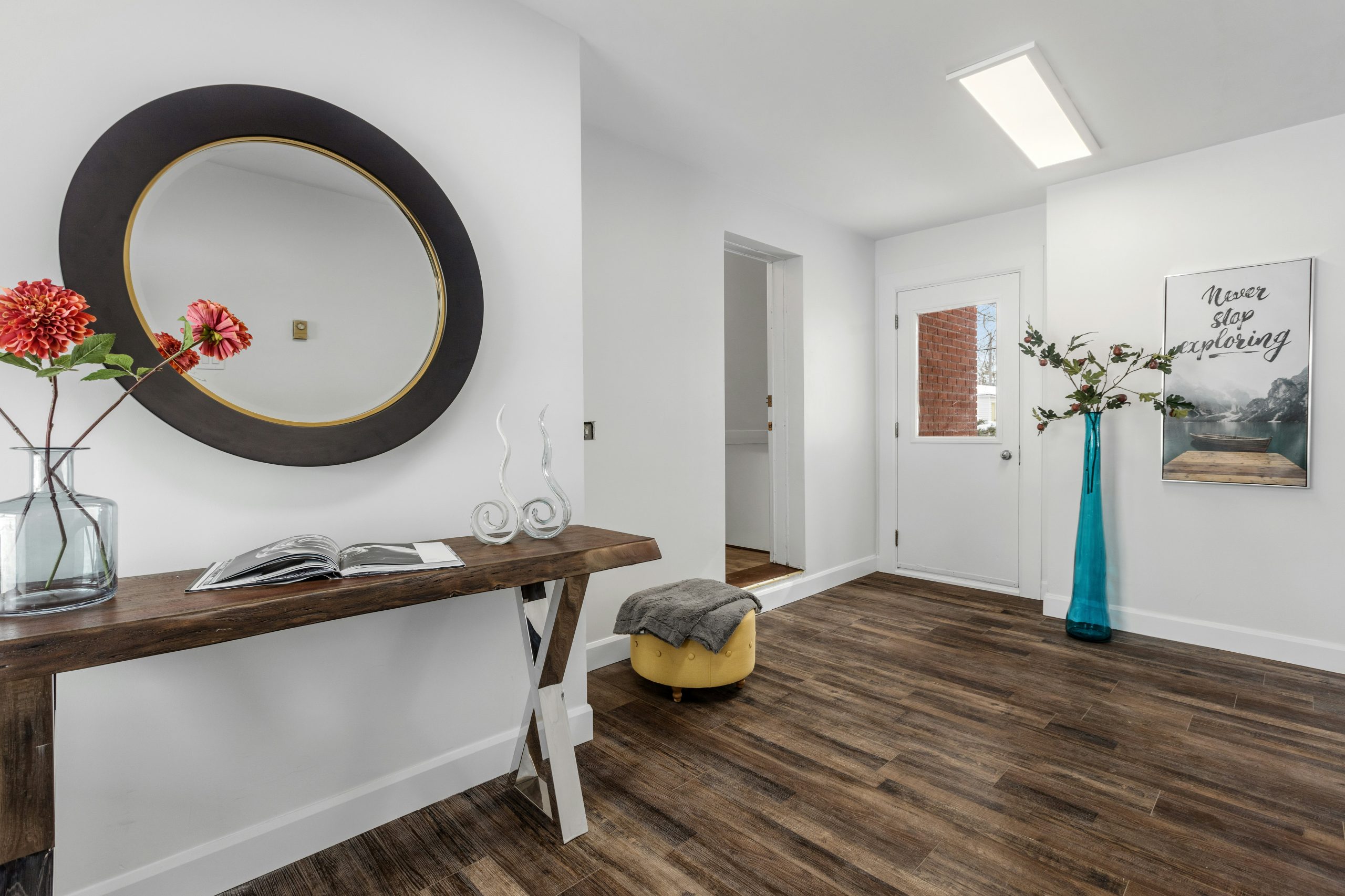

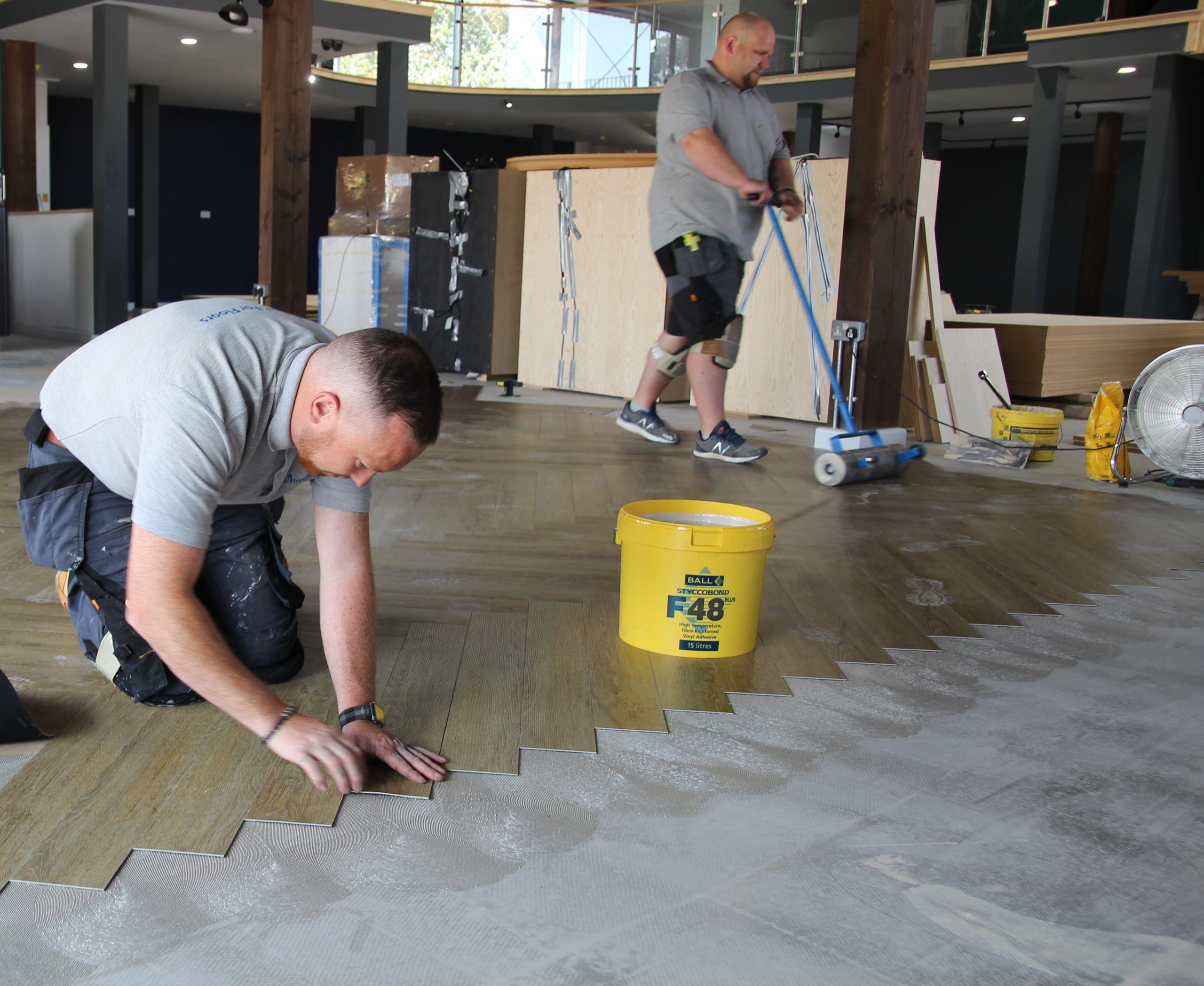


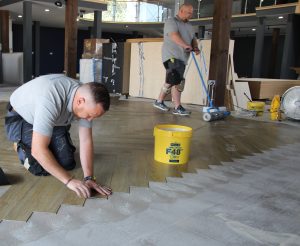


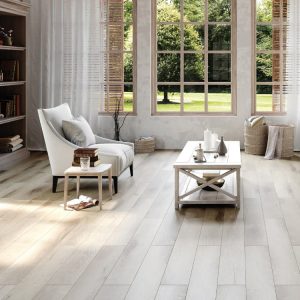
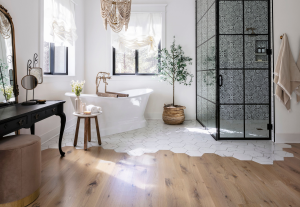




Post Comment